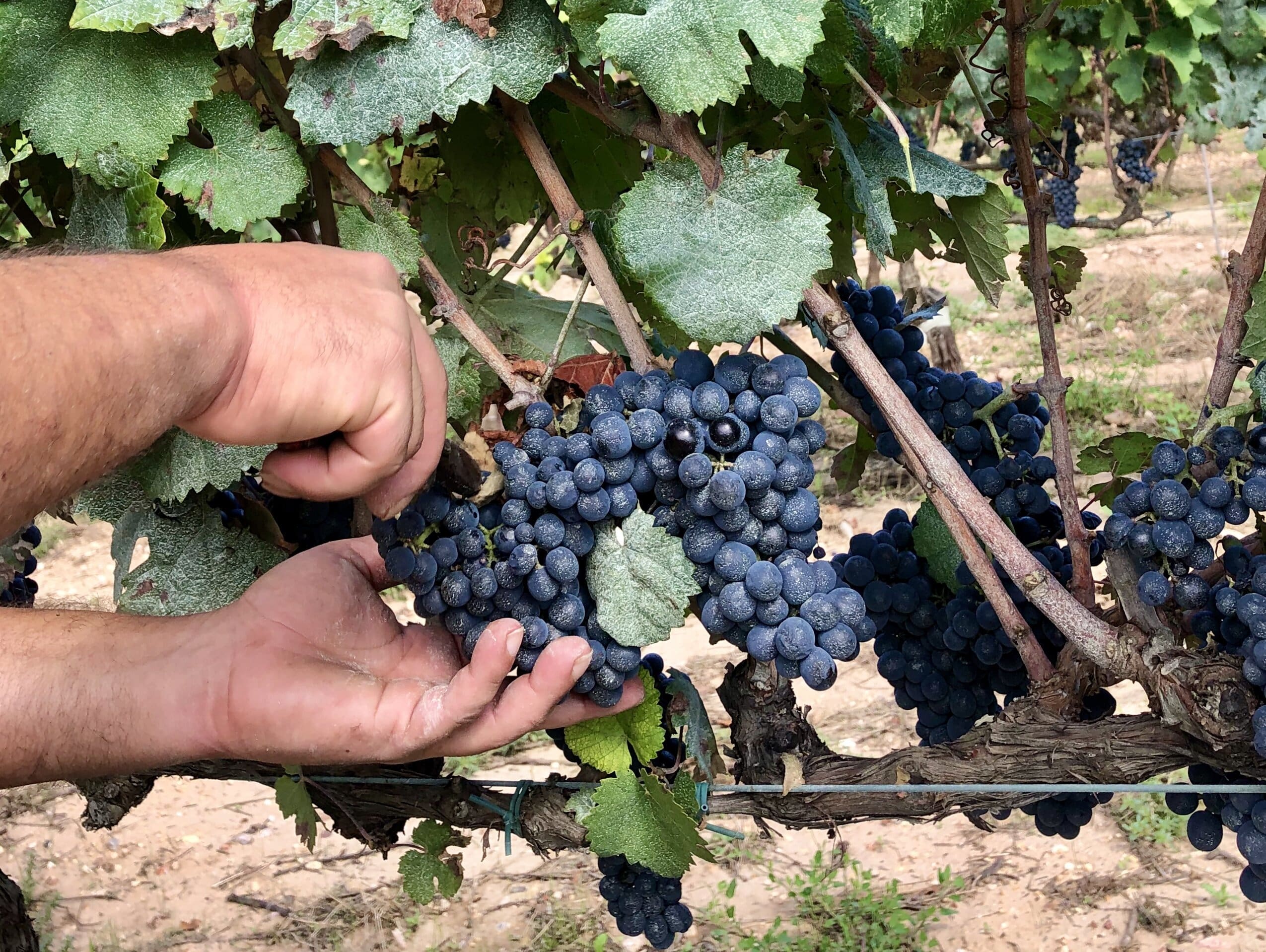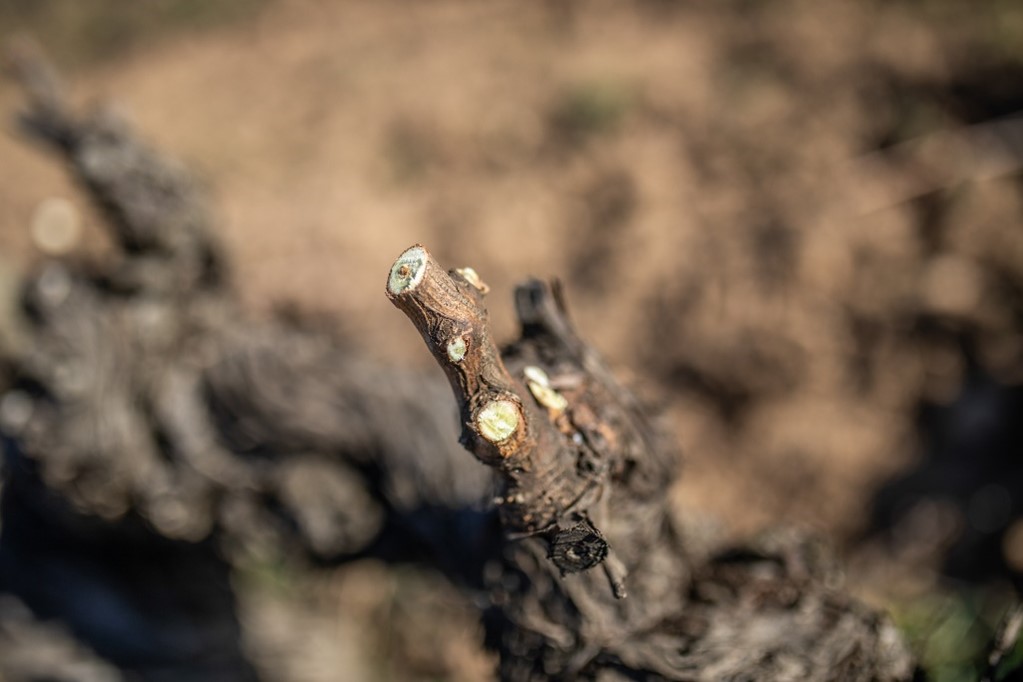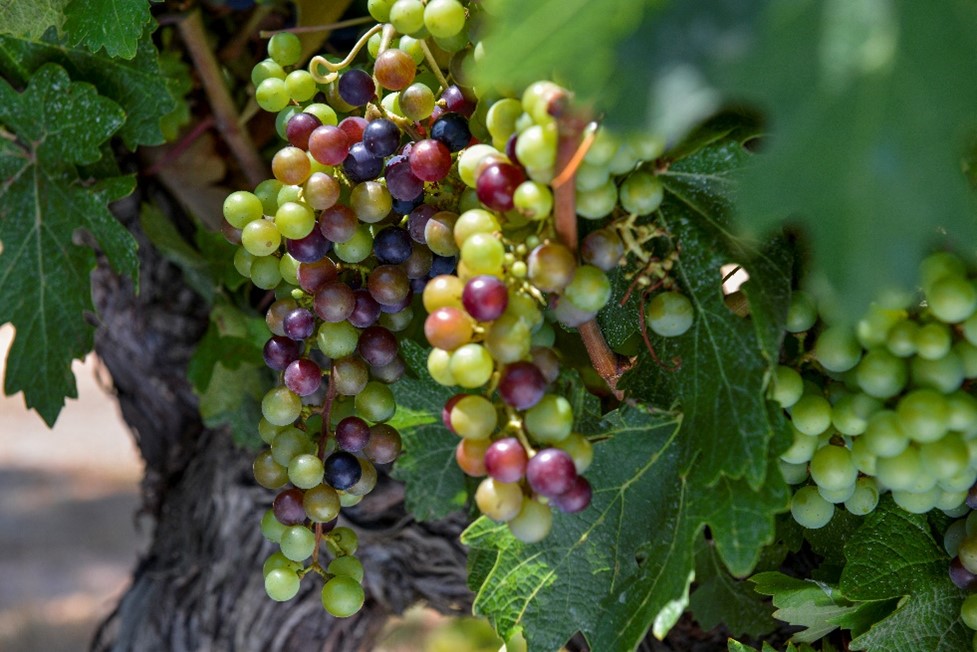How the Grapevine Life Cycle Influences the Harvest

The harvest marks the culmination of the grapevine growth cycle, but preparing for it and setting a date to begin picking means monitoring the vineyard closely from the moment of bloom.
Image

Harvesting Moneu, a recovered ancestral variety, at the Castell de la Bleda vineyard (Penedès).
Let's begin by refreshing our memory with a quick review of the plant's growth season and the specific characteristics of each stage:
- Between November and January, the vine loses its leaves, and, as the cold sets in, the plant settles into a dormant state with only latent activity. This winter dormancy lasts until February.
- The first transformation occurs between February and March, a moment that is both beautiful and poetic. After pruning, the sap exuded by the pruning cuts – known as “sap bleeding” – announces the imminent onset of budbreak.
Image

Grapevine after pruning at Mas La Plana estate (DO Penedès), a Familia Torres property
- Budbreak or budding takes place in April, although this greatly depends on the climate conditions to which the plant is exposed. During budbreak, green shoots welcome the spring, emerging from the bud scales that protected them from the cold. Even so, fear of the dreaded frost is still high, because it could return the vines to a dormant state.
- In May and June, the shoots begin producing inflorescences, which will eventually transform into flowers. Then the flowers open up to allow for pollination. As the fertilized ovary develops, it produces green berries in a process known as fruit set.
- The true explosion of life, however, occurs between July and August when the vine shoots mature (shoot maturation) and veraison begins: the chlorophyll green gradually disappears, and each variety reveals its particular pigment. The grapes of white varieties acquire a yellowish hue whereas those of red varieties go from green to red and/or purplish blue, depending on the cultivar. After veraison, the seeds are fully formed, acidity is still high and sugar levels low.
Image

Carbernet Franc cluster at a Familia Torres property during veraison
- And finally: grape maturation. The level of ripeness influences the type of wine, because the main varietal aromatic compounds and their phenolic content will determine the quality of the must.
- The harvest is the culmination of this entire process. The grapes are picked when they present optimal levels of acidity and the right amount of fruit concentration as the varietal aromas develop. Of course, this all depends on the desired winemaking style and on each variety.
As you can see, the harvest involves a lot more than picking grapes and requires a level of experience, work, and observation throughout the growth season which are essential to deciding the best date for the harvest. It is all about optimizing the quality of the raw material in order to obtain better wines.
